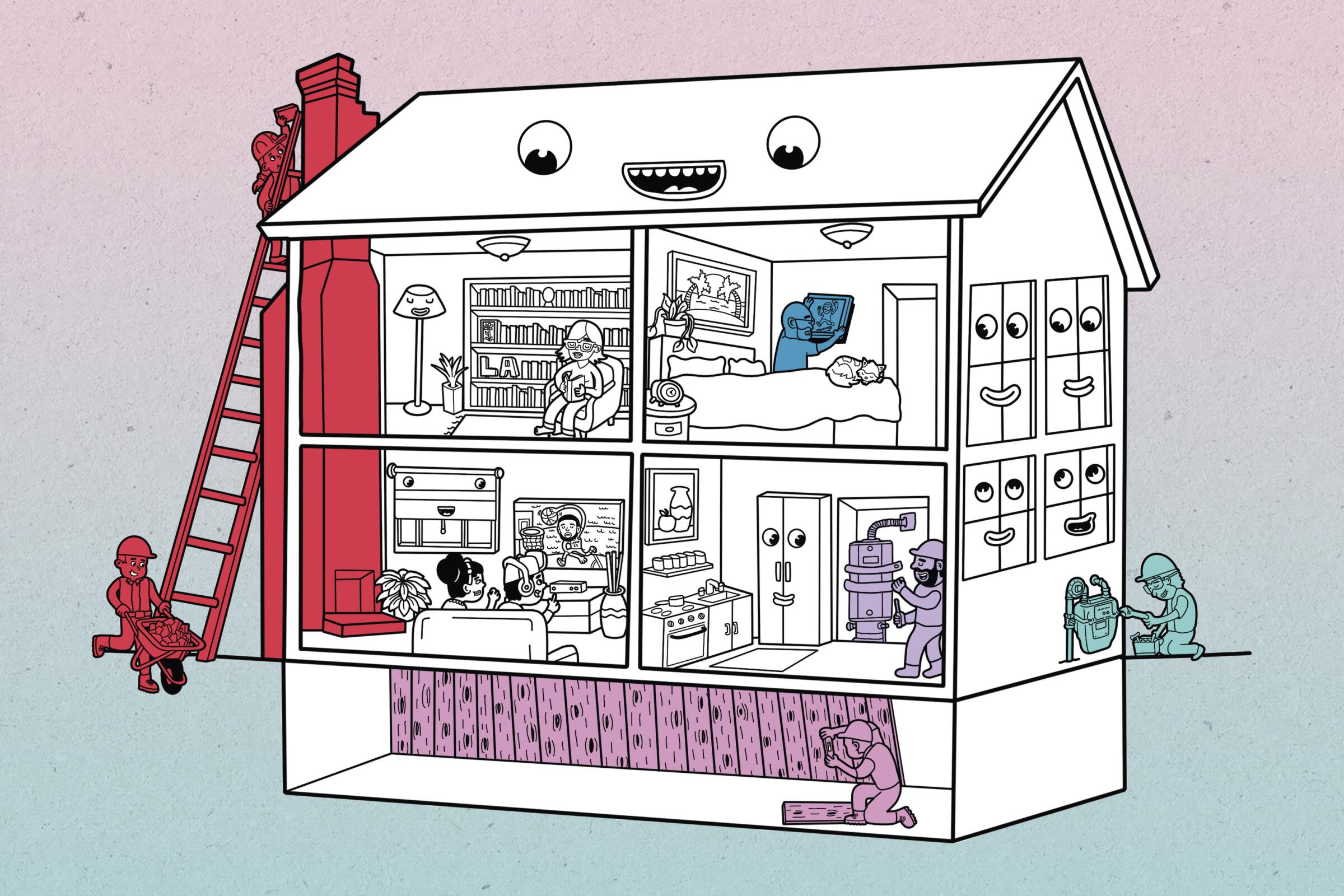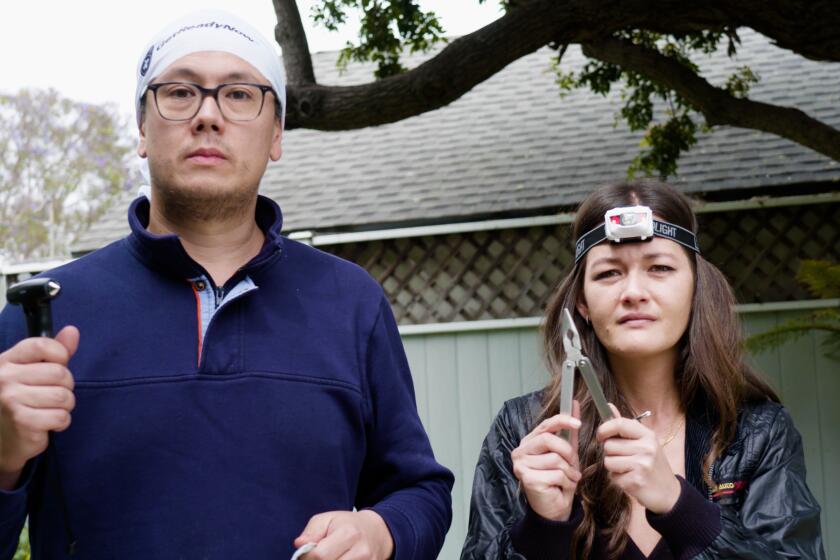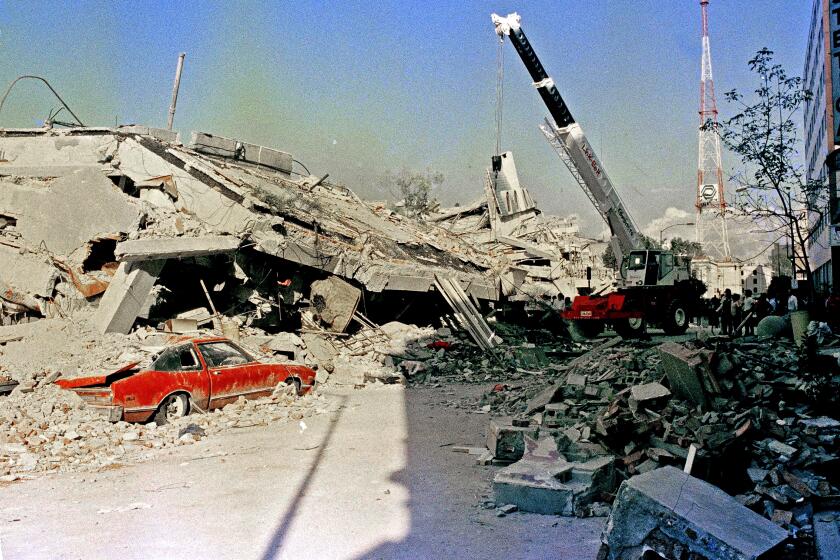1. Foundations: The most common type of pre-1980 home in Southern California is a raised foundation house. These have either stem or crawl space walls, both of which require foundation anchor bolts to secure the frame to the concrete. If your house has crawl space walls, you may also have to install plywood bracing to the walls of the inside of the space.
The Standard Plan Set 1 and the FEMA P-1100 are pre-engineered plans that allow for efficient retrofits.
Of all the retrofitting his company does, Whallett said 30% to 40% of the jobs follow Standard Plan Set 1.
Since it’s the most common type of retrofitting, it takes the least amount of time and is the least expensive. All the work is done under the house, so there’s minimal disruption to daily life. Other types of homes may require more time — and more money. Although we’ve illustrated a raised foundation house here, you may have other needs depending on how your home was built.
In the San Francisco Bay Area, living spaces above garages are common. To prevent a house from crumpling, the walls of the garage should be reinforced with plywood and a steel frame should be installed around the garage door. A proper retrofit will cost $10,000 to $15,000, according to the California Residential Mitigation Program.
Hillside homes like those that perch throughout L.A.’s canyons and slopes require much more time and effort. These modifications require an engineer’s eye, and it’s recommended you don’t try to make these renovations yourself. Because of the complexity, the retrofitting process could cost around $10,000.
Houses with an area underneath the main living area are not common in Southern California but are particularly vulnerable to slipping because they don’t have a continuous concrete foundation. Retrofitting for this type of house is more complicated and requires both an engineer and a licensed contractor. A complete retrofitting can cost up to $15,000.
Seismic retrofitting is the bare minimum you can do to ensure the safety of you and your home. You should also consider the following:
2. Gas: Having an automatic natural gas shutoff valve installed on your gas main can help prevent leaks and potential fires post-earthquake.
3. Chimneys: They’re comforting and nostalgic, but brick chimneys pose a huge risk to safety, Maffei said. It used to be recommended that you brace the chimney against the house, but Maffei said the best course now is to demolish it and rebuild.
4. Water heaters: Strapping your water heater to wall studs is another easy fix that you can do on your own to reduce the risk of water damage, gas leaks and fires. Replacing water and gas lines leading to the heater with flexible options also is recommended by Earthquake Country Alliance.
Here are links where you can do further research:
californiaresidentialmitigationprogram.com
earthquakebracebolt.com












